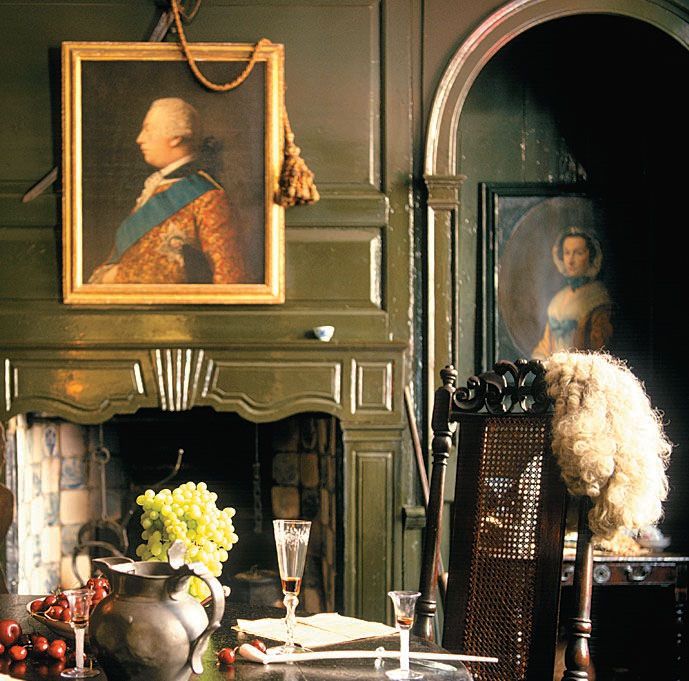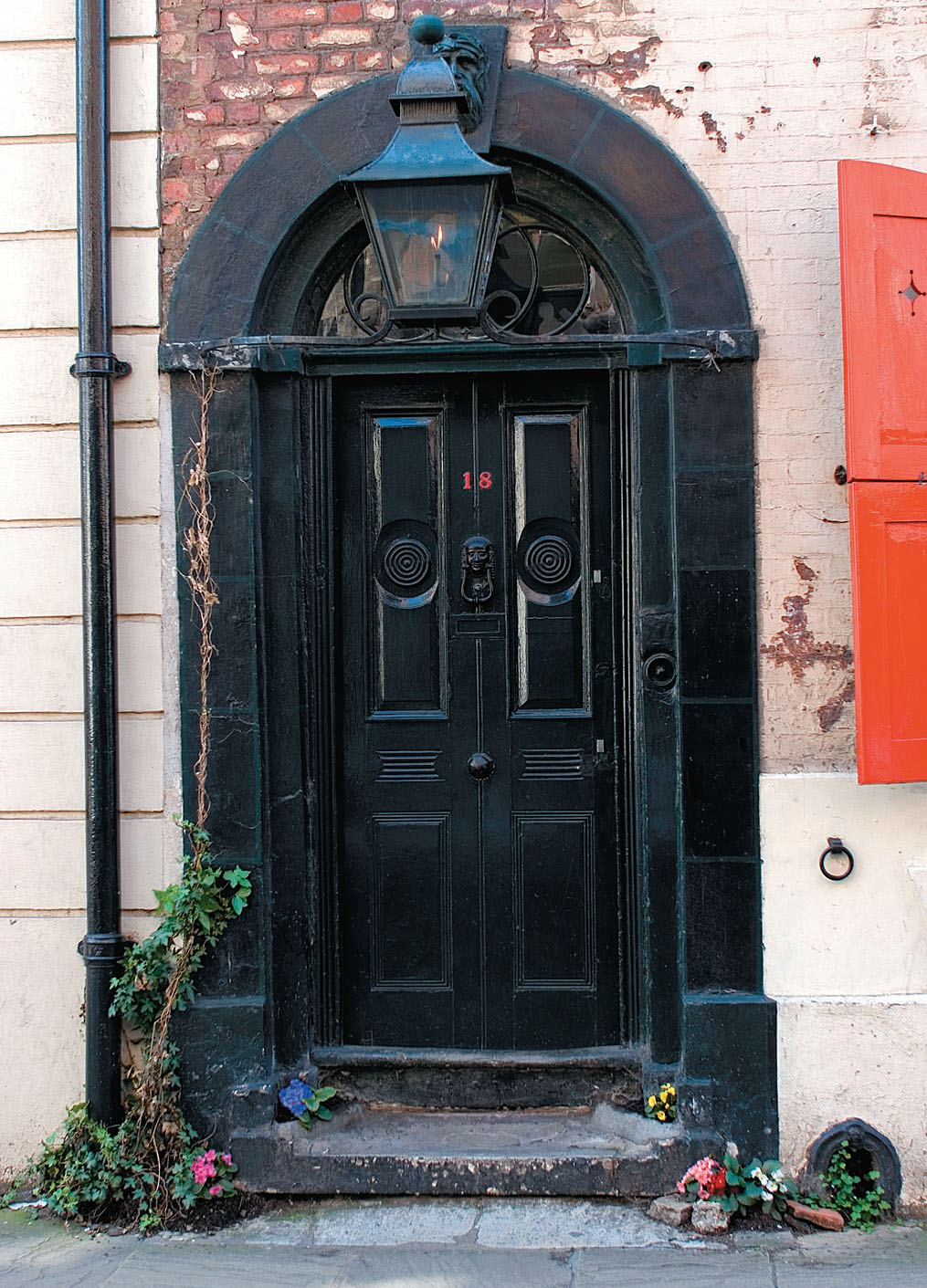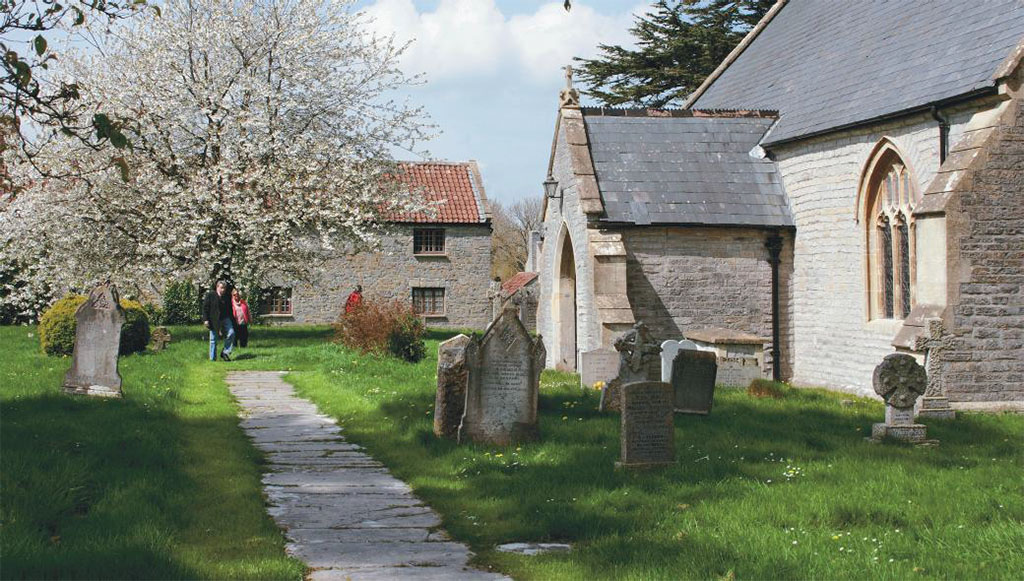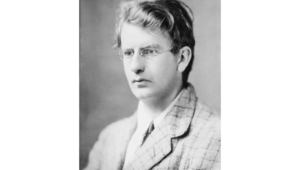
Dennis Severs’ House
[caption id="Timeline_img1" align="aligncenter" width="100"]

©Neil Setchfield/Alamy
DOWN DARK AND NARROW Folgate Street, with its neighborhood associations with Sweeney Todd and Jack the Ripper, No. 18 is the only dwelling on the street that has an old-fashioned gas lamp outside. By appointment the door opens, and the visitor enters Dennis Severs’ House—residence of the imaginary “Jervis” family from 1724 to 1914. As the guest visits the elusive family—who “live” here yet always seem to be off in another room—their presence dominates the house, a red-brick Georgian terraced residence built in 1724 in the Spitalfields section of London. It is a magical and distinctive structure that was restored and opened to the public by the late American artist Dennis Severs more than a quarter of a century ago.
[caption id="Timeline_img2" align="aligncenter" width="689"]

©Michael Jenner/Alamy
Severs had bought the run-down house in 1979 to use as his residence and to develop as a living museum. Rather than modernize the structure, he restored it and lived there in much the same way its original occupants might have in the early 18th century. For one thing, there is no electricity, nor is there any indoor plumbing. Severs was born and raised in the United States, and became fascinated with English history at an early age. He moved to London in 1967 and lived there until his death from cancer at age 51. For the 20 years that he lived at 18 Folgate St., he found his life’s work by creating a house for his imaginary French Huguenot family to live in, turning it into a time capsule that would transport visitors back in time to various periods in English history. Just before his death in 1999, Severs bequeathed the house to the Spitalfields Historic Trust, which continues to maintain it and keep it open to the public in accordance with his wishes.
Our visit begins in the house’s dark, damp cellar, where we can barely make out a crater that is said to contain the fragments of St. Mary Spital, a hospital founded in 1197 for the area’s sick and poor. St. Mary Spital inspired the name Spitalfields given to this part of East London. Light and warmth beckon as we continue into the kitchen next door. The eating parlor on the front ground floor offers bold contrasts and colors with detailed bric-a-brac everywhere. Then it is up the stairs, with still more to absorb on each landing.
[caption id="Timeline_img3" align="aligncenter" width="1015"]

The smoking room is masculine in appearance and reeks of a Hogarth painting. A copy of one hangs on the wall and easily catches the eye. Men and women come together in the withdrawing room, with its softer and more feminine touches. Above, the bedchamber and boudoir offer even more evidence of the imaginary family that occupies this house, as children’s toys of the 18th and 19th centuries are everywhere. Back on the ground floor, the last room is the back parlor, and its photographs and memorabilia of the Queen Victoria era bring us into the end of the 19th century and the very early years of the 20th.
As we ascend the staircases, each floor moves backward in time by 50 years, and the early 18th-century attic has a wooden ceiling with straw falling out, in need of much repair. There also is a rusty bucket catching drips from the leaky roof. Throughout the dwelling, we are immersed in the eras of the King Georges, the Regency and Victoria, as Severs imagined it would have been like for the Jervis (also known as Gervais) family.
Just as in Stephen Sondheim’s musical Sunday in the Park With George, the house lets us pass in and out of a frame and into a “painting.” Each room, or painting, has a time and life of its own. The members of Severs’ made-up family were Huguenot silk weavers who fled persecution in France in 1688 and bought the house in 1724. As we venture from room to room and floor to floor, the spirits of the family are everywhere. We do not see them, but we sense that just as we enter a room, they have moved on to the next.
The creaking of footsteps on the stairs, the opening and closing of doors, the ticking and chiming of the clocks, the kettle boiling on the hob, the rumpled sheets on the beds, the broken dish on the carpet waiting for someone to come and sweep it up, the chamber pot with its strong stench that needs to be emptied are all clear sensations and reminders that people live here.
Throughout the house, food and drink awaken the senses of sight, smell and taste: Brussels sprouts are in a pot waiting to be cooked, waffles are on a spit to be browned, cakes and sweets on beautiful china plates await the return of a family member called away, scallop shells reveal that someone enjoyed this tasty seafood, and the strong sweet scent of sherry in filled glasses permeates the heavy air. It is not difficult to imagine the rustling of Mrs. Jervis’ silk dress as she ascends the steps to another floor. We can almost smell the pipe that Mr. Jervis was smoking a moment ago, before he left the room. Somewhere in the house, a baby is crying, and in the shadows of a room perhaps the cat has just slipped out the door.
The experience of moving through the 10 candle-lit rooms is most rewarding if it is done in silence, as visitors are instructed at the front door. Enter the house without any preconceived notions, and it will embrace you. Severs called this house a “still-life drama,” and his goal was to provide his visitors with a rare moment in which to become lost in another time. During his lifetime, Severs would eject visitors he felt did not fully respect what he was trying to convey in the house.
The artist David Hockney has said that visiting the Dennis Severs’ House is one of the world’s five greatest experiences. “You either see it or you don’t” has always been the house’s motto. If you do see it, you will almost certainly leave quite overwhelmed as you step out its front door and back into the 21st century.









Comments